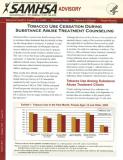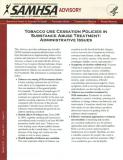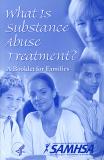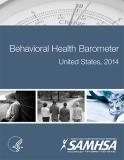
This pamphlet addresses the health benefits that can come with quitting smoking while recovering from substance use disorder.
Units per Product
Download
You Can Quit – Flyer for Tobacco Users
File Type: PDF
File Size: 3.67 MB
Tobacco Cessation Quick Guide for Providers
File Type: PDF
File Size: 1.23 MB
Quitting Tobacco – Flyer for Providers
File Type: PDF
File Size: 1.46 MB







